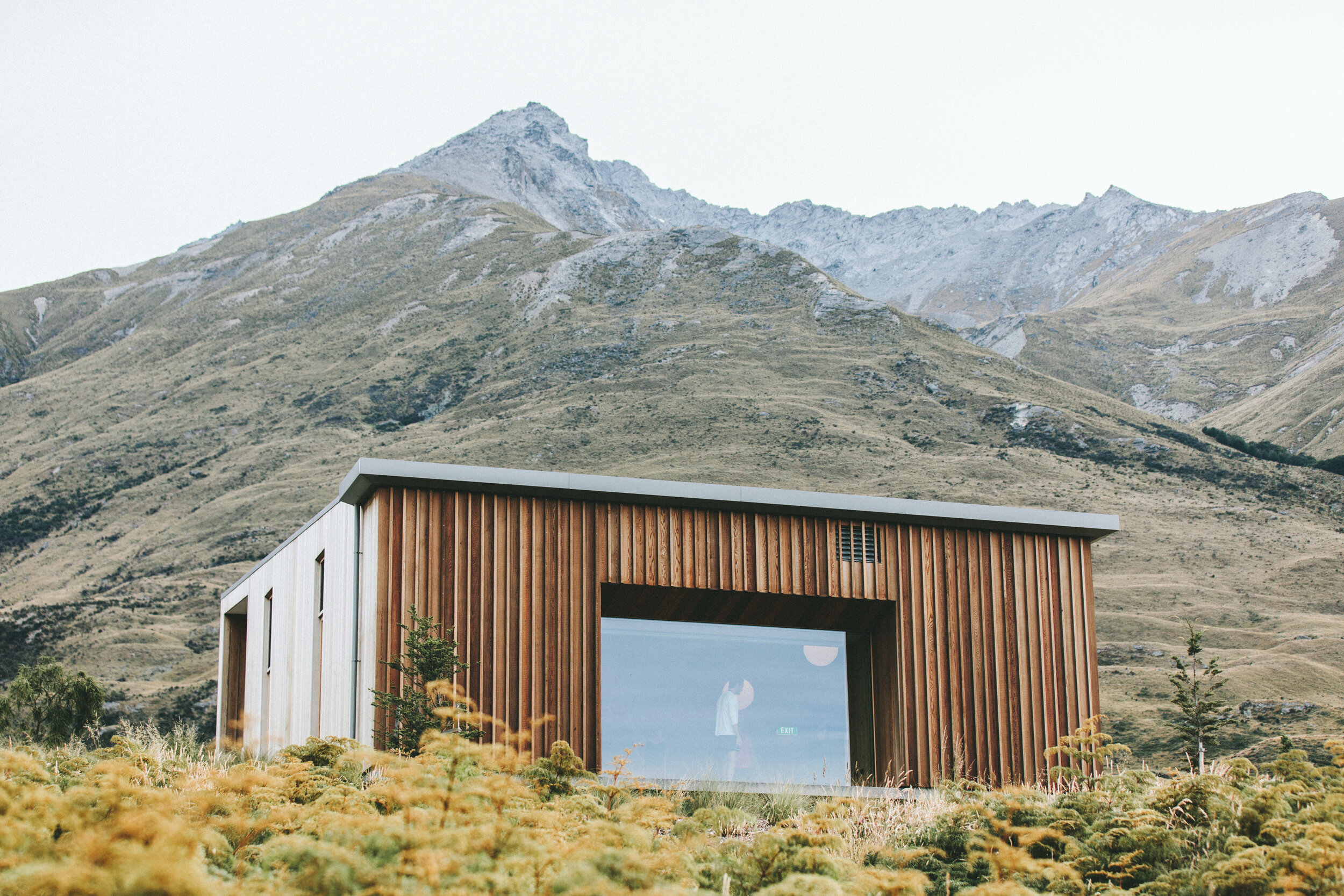Overview
I rebuilt the Earworm mobile app as a Web Native project that runs smoothly on the web (Vite dev server) and compiles to native via Capacitor. The result is a mobile‑first React application with an iOS‑style interface, social features, and service integrations, designed for quick iteration in the browser and seamless deployment to native.
Goals
- Modernize the stack to React + Vite + TypeScript with Capacitor for native packaging.
- Preserve and enhance core features: notifications, music service management, proximity discovery, and background scanning simulation.
- Deliver a mobile‑first UI/UX with social profiles, friends list, and bottom tab navigation.
- Improve developer experience, reliability, and debuggability.
Tech stack
- React 19, TypeScript 5, Vite 7 for fast DX and HMR.
- Capacitor 7 (iOS project included) with plugins (Device, Geolocation, Local Notifications, Network, Preferences, Share, Toast).
- Modular service layer (Spotify, Apple Music, SoundCloud, Musi) orchestrated by a MusicServiceManager.
- Context-based state management: AuthContext, MusicContext, ProximityContext, RealtimeContext.
- Mobile‑first CSS with safe‑area support, iPhone‑frame desktop simulation, and accessible UI patterns.
Key features
- Authentication: Mock/demo flow with persisted session; easy to swap for real backend auth.
- Music integrations: Unified manager for connecting services and fetching/searching tracks.
- Proximity discovery: Mock background scanning that surfaces nearby listeners; privacy‑first display shows “Nearby” instead of exact meters.
- Realtime layer: Simulated realtime messages for user status and social activity.
- Notifications: In‑app toasts + production‑gated browser push scaffolding; Capacitor Local Notifications available for native builds.
- Social UI: Friends and Profile screens matching provided designs, including emoji reactions and music activity.
- Navigation: Bottom tab bar (Home, Discover, Friends, Profile, Settings) with mobile touch affordances.
Notable implementation details
- Strict mobile‑first layout, safe‑area insets, and touch optimizations.
- Desktop iPhone‑frame simulation for accurate visual QA during web development.
- Environment handling: Replaced process.env with Vite import.meta.env across services for correctness.
- Dev ergonomics: Disabled service worker in dev and auto‑unregister to avoid caching “white screen” issues; added visible boot placeholder and a Debug HUD to verify render pipeline.
- Error resilience: ErrorBoundary + fallback UI to prevent hard blanks and surface runtime failures.
Challenges and solutions
- White/blank screen in dev: Root cause was legacy process.env usage and dev SW caching. Fixed by switching to import.meta.env and disabling/unregistering SW in dev, plus adding an always‑visible boot marker and logs to confirm mount.
- Navigation not visible on desktop: CSS media rule hid the bottom bar ≥768px; updated styles so the tabs are always visible during desktop simulation.
- Privacy concerns around proximity: Removed exact distance strings (e.g., “5m away”) and replaced with “Nearby”; kept distance only in internal mocks.
- Type and import drift: Standardized exports for services/contexts and resolved TypeScript issues in components.
Outcomes
- A working Web Native app that runs at localhost via Vite and is ready for Capacitor iOS packaging.
- Restored and enhanced core features with a modular, testable architecture and clear provider boundaries.
- Social/profile and friends list implemented per screenshots with mobile‑first polish and emoji interactions.
What’s next
- Hook AuthContext to a real backend (OAuth or custom auth) and wire live tokens to MusicServiceManager.
- Replace mock proximity and realtime with secure, privacy‑preserving implementations (BLE, WebSocket, or backend events).
- Expand test coverage and add E2E flows for navigation and auth.
- Ship to TestFlight via Capacitor iOS build pipeline.






